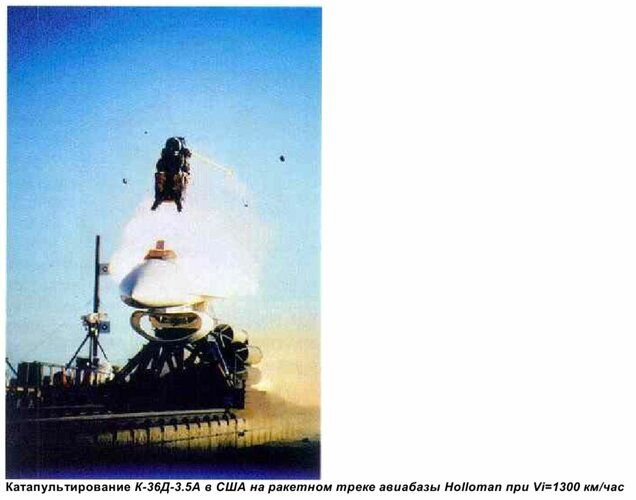I stand corrected concerning MDD. At the time, a senior engineer on the project was my next door neighbor. He was a huge proponent on the gas system. Then he went silent. I heard about the lift jets, but I didn't think they were the final proposal. Concerning Yak, I was dealing with Sergei Yakovlev Jr. during the transaction period. You would have never guessed they didn't own the system, but they were instrumental rectifying several "bugs" so I was told. I didn't make any difference who owned the system in Russia. Somebody was going to sell it, and Lockheed bought the "bridge".

